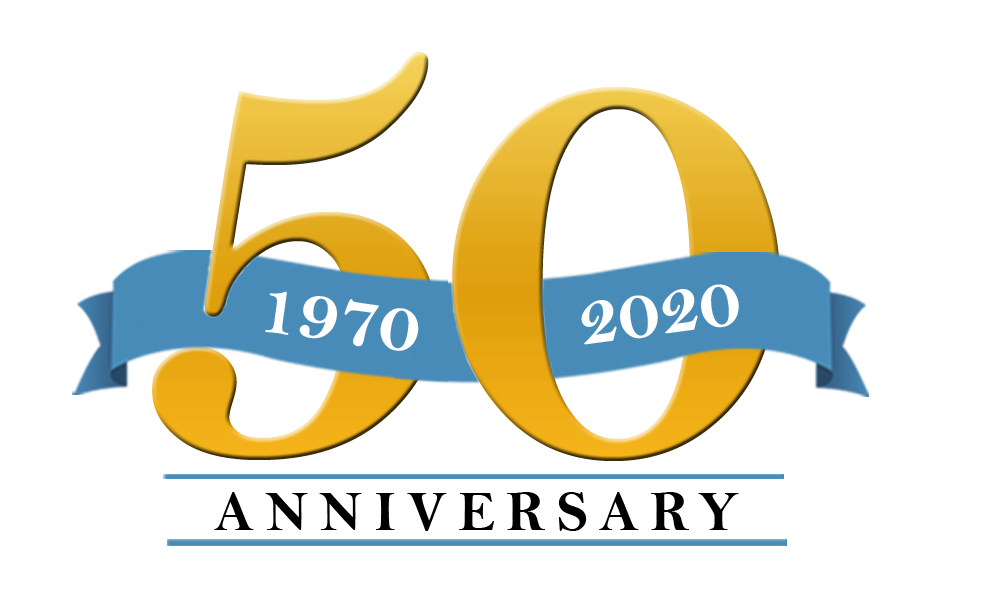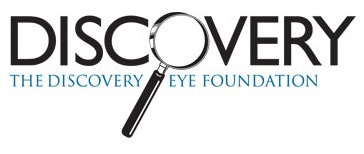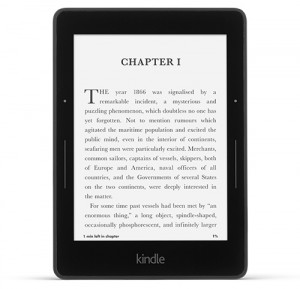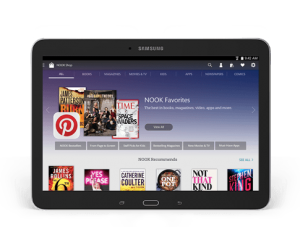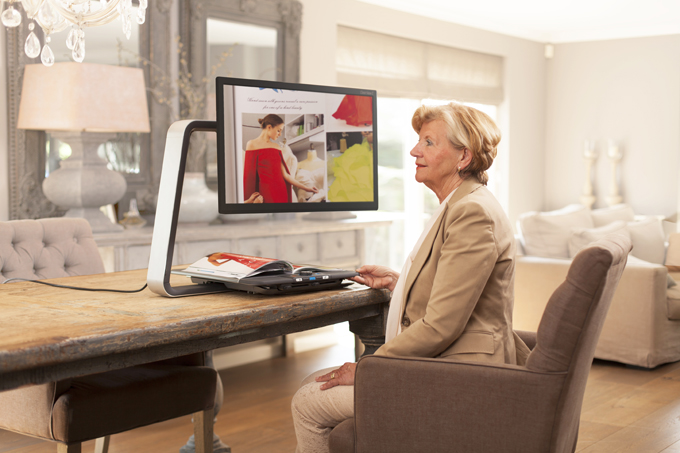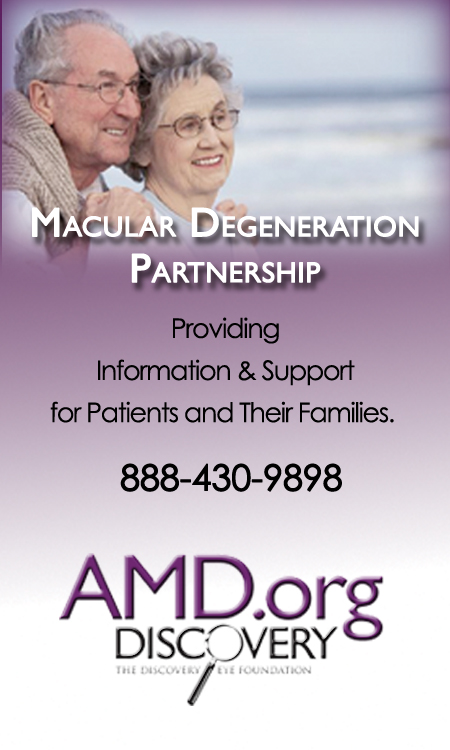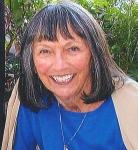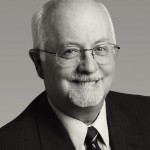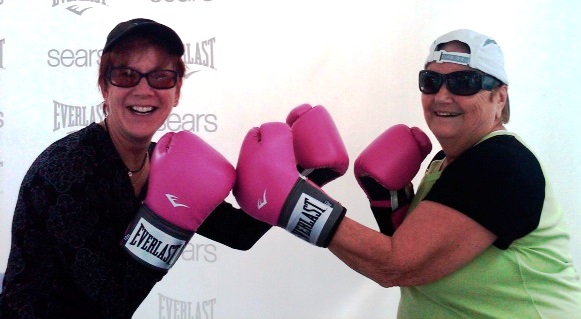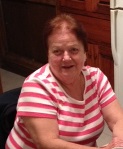12/2/14
Below is an article from the monthly Macular Degeneration Partnership E-Update on potential drugs to treat dry AMD and inflamation. To learn more about dry AMD, including stem cell treatments, go to AMD.org. You can also subscribe and have the monthly newsletter delivered to your inbox.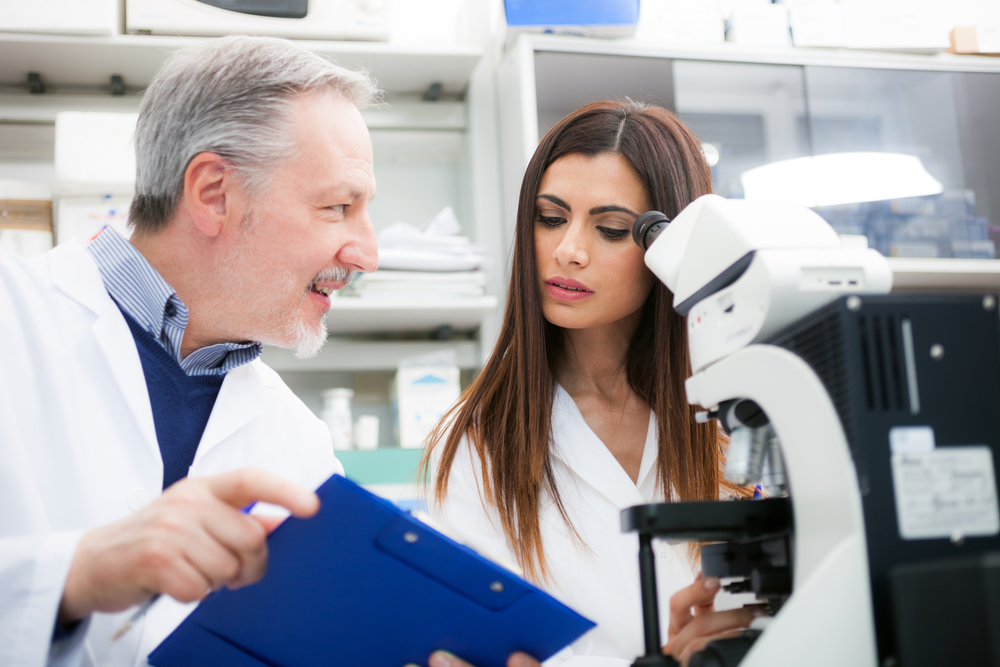
There are many causes of age-related macular degeneration and any of them may prove a good target for treatment for dry AMD. A long list of these was discussed at the recent Academy of Ophthalmology meeting. They were divided into the types of drugs being studied. We’ll look first at inflammation and the complement factor system, which is part of the immune system.
Inflammation is known to be associated with macular degeneration. The target may be the inflammation itself, or the cause of the inflammation.
Lampalizumab (or anti-Factor D) is a drug that is injected into the eye. In earlier Phase II trials, it was shown to reduce the area of the geographic atrophy by 20%. A Phase III clinical trial is now underway for individuals with geographic atrophy from dry AMD. Several research sites are actively recruiting now and many others will start recruiting in the near future. For more information and a list of participating centers, visit Clinical Trials.
LFG316 is also an antibody and an injection. This Phase 2 study is a randomized clinical trial of a drug that targets the C5 complement pathway (part of our immune system). It is designed to test the safety and efficacy of different doses of LFG316. There are three arms in the study: one group receiving a higher dose of the drug; one group receiving a lower dose of the drug; one group receiving a sham injection (no drug). These are successive monthly injections for people with geographic atrophy (GA). It is taking place in multiple locations throughout the U.S. and is sponsored by Novartis. For more information and a list of participating centers, visit Clinical Trials.
Oracea is a pill for dry macular degeneration, now in Phase II/III clinical trials around the U.S.. The pill contains doxycyline, which suppresses inflammation. Participants will be randomly assigned to either receive the drug or a placebo. More information at Clinical Trials.
Zimura by Ophthotech has been tested as a drug for wet AMD, but also seems to affect the drusen of dry AMD. Zimura targets the complement pathway plays a significant role in dry AMD. A Phase 2/3 clinical trial investigating ZimuraTM for treatment of geographic atrophy, is in the planning stages.
Eculizumab was also presented. This intravenous treatment for dry AMD did not show the desired effect in clinical trial, so no further development is planned at this time.
POT-4 is another drug that targets the complement factor system involved in inflammation. It is delivered through injection into the eye. The Phase I trial is completed and a Phase II clinical will be announced soon.
Iluvien is a drug delivery system that has been used in patients with diabetic retinopathy. A Phase II clinical trial for dry AMD is underway, though it is no longer recruiting patients. This is an implant inside the eye that releases fluocinolone acetonide. For more information, see Clinical Trials.
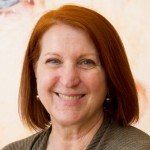 Judith Delgado
Judith Delgado
Executive Director
Macular Degeneration Partnership
A Program of the Discovery Eye Foundation
